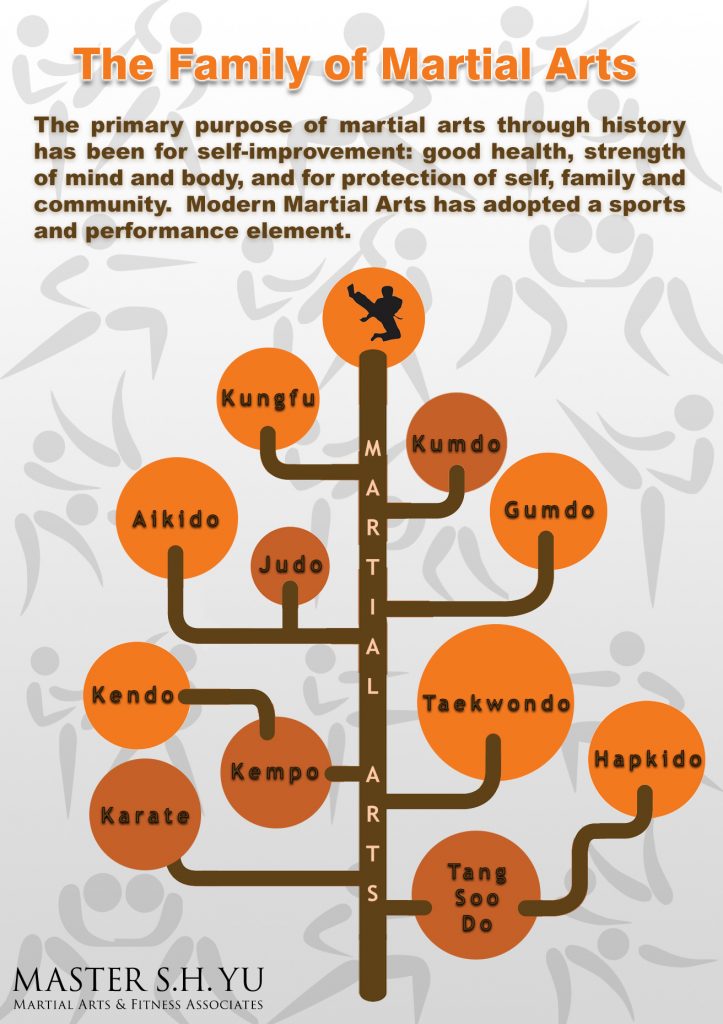The History And Ideology Of Fighting Style: A Deep Dive
The History And Ideology Of Fighting Style: A Deep Dive
Blog Article
Write-Up Author-Fyhn Stokes
Enter the old world where martial arts were born out of necessity in diverse regions. Societies crafted unique fighting designs linked with historical contexts. Strategies progressed over centuries via devoted practice and social exchanges. Today, modern martial arts blend standard aspects for maximum performance. Philosophically, martial arts emphasize self-control, self-improvement, and harmony. Regard, humbleness, and equilibrium are foundational concepts directing specialists in the direction of development and strength. Check out the midsts of this abundant history and ideology to discover the profound influences forming this long-lasting discipline.
Origins of Fighting Style
Fighting style originated in numerous areas all over the world, progressing as sensible fight systems to defend against risks. These ancient combating styles were developed out of requirement, with each culture crafting methods fit to their special settings and challenges. From the grappling arts of Jujutsu in Japan to the striking methods of Martial art in China, martial arts were deeply intertwined with the historic, social, and cultural material of their respective cultures.
In Japan, the samurai course polished martial arts like Kenjutsu, the art of the sword, which later on advanced right into the more popularized form of Kendo. Meanwhile, in Brazil, Capoeira emerged as a blend of dancing and battle, created by enslaved Africans as a method to resist oppression. Each fighting style lugs with it an abundant background and philosophy, mirroring the worths and beliefs of the people who practiced them.
As you explore the beginnings of martial arts, you discover a tapestry of human resourcefulness, resilience, and the unrelenting spirit of warriors throughout time.
Development of Techniques
Via centuries of practice and refinement, battle strategies within various martial arts have undergone a profound development. From old designs like Martial art and Martial arts to much more modern-day techniques such as Brazilian Jiu-Jitsu and Krav Maga, the advancement of techniques has been driven by a mix of cultural impacts, functional applications, and technological advancements.
One considerable element of this evolution is the cross-pollination of strategies between various martial arts. As adriano emperado , methods from conventional Japanese Jiu-Jitsu were included into the production of Judo by Jigoro Kano in the late 19th century. This mixing of styles has actually led to the development of crossbreed martial arts like Mixed Martial Arts (MIXED MARTIAL ARTS), which combine elements of striking, grappling, and entry methods.
In addition, the development of strategies has actually been formed by the boosting focus on performance and efficiency in fight. Practitioners have continuously sought to refine their methods with rigorous training, trial and error, and competitors, bring about the development of extremely specialized and reliable battling styles. Overall, the development of strategies in martial arts reflects the dynamic nature of battle and the ongoing mission for renovation and advancement.
Thoughtful Foundations
Checking out the underlying thoughtful concepts of martial arts offers insight into their core values and leading beliefs. At the heart of many martial arts techniques is the idea of discipline itself. By training your body and mind to work as one natural system, you cultivate self-control that extends beyond the dojo or fitness center into daily life. This technique includes regard, humbleness, and self-discipline, shaping not simply your physical abilities but also your personality.
An additional basic thoughtful structure in martial arts is the idea of continual self-improvement. The trip of mastering a martial art is perpetual, with practitioners regularly aiming to better themselves, both physically and emotionally. This focus on development cultivates resilience, willpower, and a growth way of thinking that can be related to all aspects of life.
Furthermore, martial arts stress the relevance of consistency and equilibrium. https://celebwell.com/female-martial-artists-amazing-bodies/ are created to use an opponent's energy versus them, highlighting the concept of generating and rerouting pressure rather than satisfying it head-on. This philosophy includes interpersonal relationships, promoting calm resolutions and good understanding. By embracing these philosophical foundations, martial musicians not only boost their combat abilities but likewise cultivate a lifestyle fixated personal growth, regard, and harmony.
Conclusion
Finally, the background and philosophy of martial arts offer an abundant tapestry of custom, discipline, and self-improvement.
Take for instance the tale of Bruce Lee, who revolutionized martial arts by blending various designs and philosophies to create his own unique form of Jeet Kune Do.
Through devotion and innovation, martial artists continue to press boundaries and motivate others to reach their complete potential both in battle and in life.
